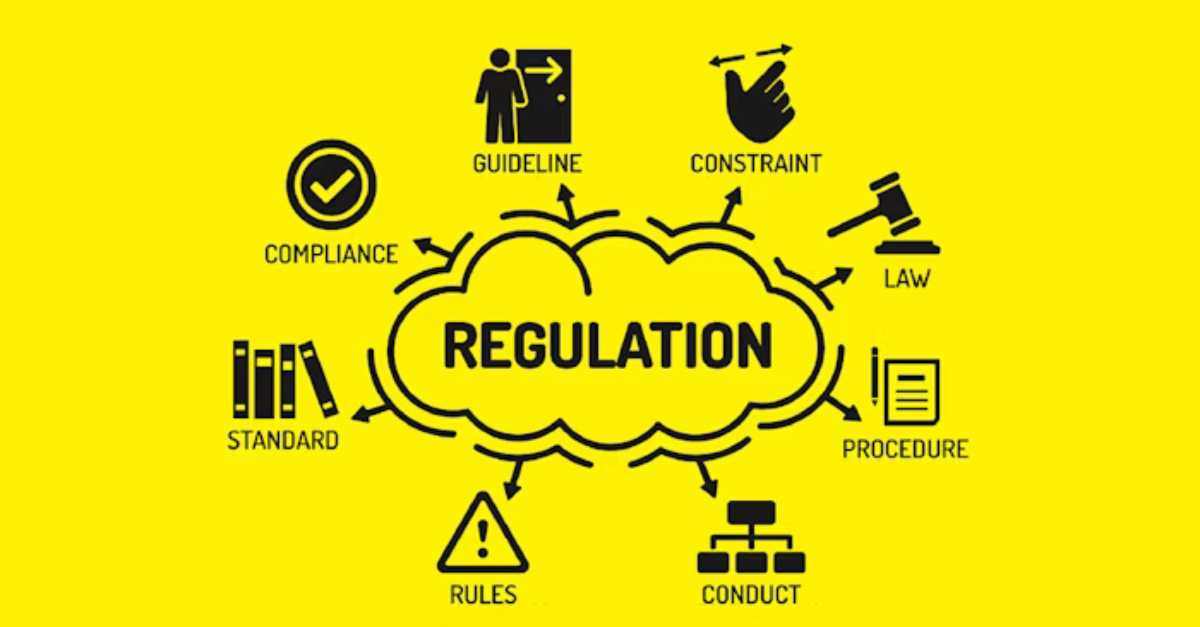
Will Finding my Leases Uncover new Savings Opportunities?
The true story of an executive who found leases in a file cabinet — and then saved millions in capitalized rent while gaining favorability with the ...
Solutions
Workplace Management Solutions
Real Estate Management Solutions
Maintenance Management Solutions
Energy Management Solutions
Engineering Document Management Solutions
Asset Management Solutions
Automate campus scheduling for classes, meetings, and exams with our EMS software.
Plan and manage conferences effortlessly with EMS software to impress guests and streamline operations.
Boost workplace flexibility and maximize space use with seamless desk and room booking.
Organize workplace or campus events smoothly, creating memorable experiences.
Optimize workspace, manage allocations efficiently, and reduce costs with our space management solutions.
Deliver projects on time and within budget by improving communication, collaboration, and efficiency with our software.
Streamline lease accounting for ASC 842, IFRS, and GASB compliance.
Manage leases efficiently by tracking key dates, analyzing costs, and ensuring compliance.
Centralize data and analytics for better insights, faster negotiations, and revenue growth.
Centralize facility and asset maintenance, automate work orders, and ensure compliance with our CMMS software.
Extend asset life, reduce downtime, and prevent costly repairs with data-driven monitoring.
Prevent equipment failures and extend asset life by detecting and addressing issues early.
Make sustainable, cost-efficient energy decisions by monitoring and optimizing power consumption.
Remotely monitor and control equipment with real-time data to predict issues, boost efficiency, and reduce downtime.
Easily share and collaborate on documents, creating a single source of truth for engineers and contractors.
Manage and analyze assets across their lifecycle to schedule maintenance, reduce downtime, and extend lifespan.
Improve visibility, automate work orders, and ensure compliance for efficient facility and asset management.
Resources
Browse our full library of resources all in one place, including webinars, whitepapers, podcast episodes, and more.
Support
Looking for access to technical support, best practices, helpful videos, or training tools? You’ve come to the right place.
About Accruent
Get the latest information on Accruent, our solutions, events, and the company at large.

Learn how Accruent is mining the growing set of data gathered from more than 200 million work orders and 13 million assets managed by our healthcare platforms.
Everything from our shopping choices to our transportation to our home energy usage generates massive amounts of data that can be analyzed to improve our quality of life. A great example of this can be seen across the healthcare industry where Big Data is being used to make amazing advances in patient diagnoses, treatment and even asset management.
By analyzing large sets of work order and asset maintenance data, Healthcare Technology Management (HTM) and Healthcare Facilities Management (HFM) organizations are able to make better purchasing and maintenance decisions to keep their facilities running smoothly. However, collecting and analyzing data at this magnitude can be challenging. A single organization woul1d not only need to spend time collecting a large volume of data, but would then need the resources to analyze it.
That is why Accruent has pulled together a team of data experts—to mine the growing set of data gathered from the more than 200 million work orders and 13 million assets managed by our healthcare platforms.
Using this data, our goal is to help hospitals make better decisions about their assets and ultimately help them provide better care for their patients.
With so much data being collected, learning how to understand and read the numbers can be an enormous hurdle. Our data experts are identifying new ways to leverage this data and extract the critical insights that can help organization made better decisions about their assets—decisions like when to repair versus replace an asset or when to plan for a new purchase in the future.
This kind of capital and maintenance forecasting can have a dramatic impact when budgeting for the upcoming year, and for helping avoid unexpected emergency maintenance which can devastate a budget or take an asset offline when it is needed most.
Below are two examples of the kinds of reliability insights that we can provide to clinical and facilities managers to help guide these critical equipment decisions. In both the examples , we used real-world data collected from three different competing models of the same common type of equipment that perform the same function. The individual lines in both graphs each represent a different manufacturer/model.

In this graph, we show an asset Survival Analysis. Using a Kaplan-Meyer estimator, we are able to determine the probability that a piece of equipment will still be in service at a certain point in time.
According to the American Hospital Association, the estimated “useful life” for the type of equipment used in our example is 10 years.
We can see in the graph that some hospitals have been able to maintain the service of some asset models longer than the estimate, while other models have not lasted in the field as long as expected.
Survival Insights can help HTM and HFM organizations optimize their capital planning for equipment replacement by providing a more accurate estimate for the average lifespan of an asset. Using the example above, an organization may opt to not purchase the model that reportedly only lasts for 7 years and instead opt for one that typically exceeds the 10-year estimate. Ultimately this translates into a cost savings for the hospital. If a hospital can extend the life of equipment beyond the depreciated life without an increase in operational cost, that deferred savings directly impacts the bottom line.
This real-world data provides significantly more valuable insight into the actual lifespan of these assets, allowing organizations to save money through more informed long-term decisions.
See Michael Garel's Session at AAMI: Big Data Insights on Capital Equipment from 500 Million Work Orders on Saturday, June 8 Time: 8:00 am-9:00 am.
Another way we can leverage these Big Data insights is by evaluating the value of an Alternative Equipment Maintenance (AEM) program.
To help better understand which equipment would be best to evaluate for an AEM program, we developed an analysis to understand the impact preventive maintenance (PM) frequency would have on future corrective maintenance (CM) work orders. This analysis uses work orders for the same model number across our global data set to generate predictive trends for future performance. What you see here is equipment that is typically on a 12-month PM frequency.

If the trend line slopes upward, then that piece of equipment would be a good candidate for an AEM program, as it is predicted that an increase in time between PM events has a lower effect on future CM events. The greater the upward slope, the greater the time there can be between PM events before impacting CM performance.
If the trend line slopes downward, then you might want to investigate reducing the time between PM events in order to potentially reduce your number of future CM work orders. If the trend line is level—or close to level—then you are on an efficient PM schedule for that particular piece of equipment.
As you can see from the trend lines in this example, all three pieces of equipment could be candidates for an AEM program, as their trend lines all slope upward, thus indicating a way to increase the lifespan and usability of these assets.
Big Data will continue to revolutionize the healthcare industry by enabling smarter, more advanced decision making. By using existing work order and asset data already being collected, hospitals and other healthcare organizations can make informed, data-driven decisions about their equipment maintenance and asset purchasing, and move away from manufacturer estimates on equipment life to avoid unexpected asset failures.
This kind of predictive, real-world insight will ultimately help reduce asset and maintenance costs and, above all, improve the patient experience.
Schedule a Meeting with us at AAMI Exchange and let us talk Big Data.
The true story of an executive who found leases in a file cabinet — and then saved millions in capitalized rent while gaining favorability with the ...
Learn how to create automated equipment downtime reports in your CMMS -- and how to use these reports to optimize repairs and minimize downtime ...
If your crucial retail equipment breaks down unexpectedly, you face waste, downtime, and skyrocketing costs. IoT remote monitoring can help.
Subscribe to stay up to date with our latest news, resources and best practices.
* To unsubscribe at any time, please use the “Unsubscribe” link included in the footer of our emails.